Origin Germany | ||
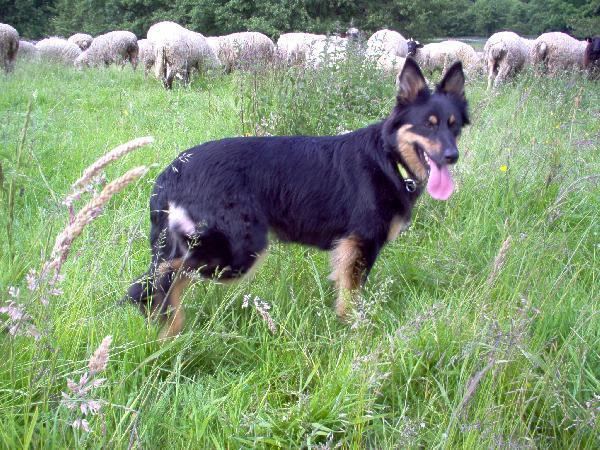 | ||
Other names Altdeutsche Hütehunde; Altdeutsche Schäferhunde Representative species Canis lupus familiaris, Harzer Fuchs, Strobel | ||
The Old German Herding Dogs (German: Altdeutsche Schäferhunde or Altdeutsche Hütehunde) are traditional types of working herding dogs from Germany. They are landraces consisting of working strains of dog, and some of them are the types from which the modern German Shepherd Dog was developed as a standardised breed. The landraces are not recognized by the Fédération Cynologique Internationale but have their own standards.
Contents
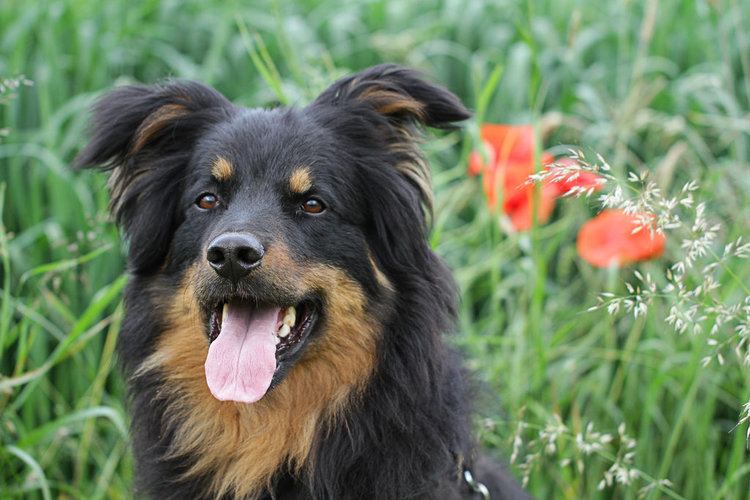
History

Before the 1890s, any dog used for herding and protecting sheep in Germany was referred to as a "German Shepherd Dog". The dogs were bred solely for their working ability, with little effort to standardise a particular appearance, eliminate genetic defects or to create a defined breed of dog.

In 1899 a new formal breed was established by the Society for the German Shepherd Dog. This was selected from amongst the working shepherd dogs, and became the modern German Shepherd Dog breed.
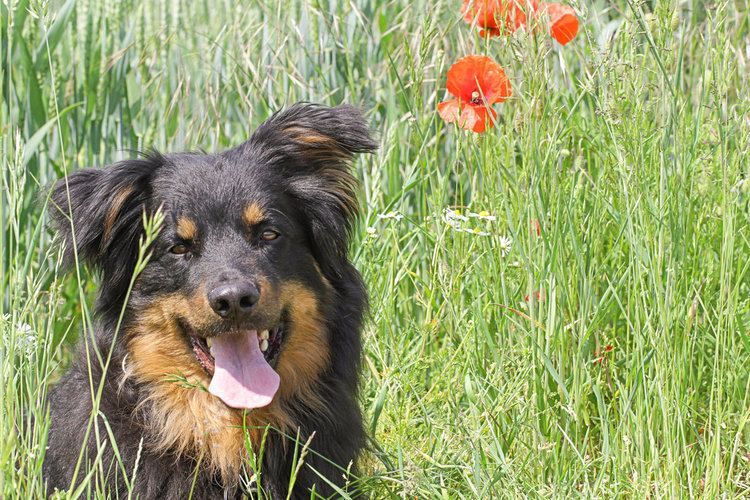
Many German herdsmen continued to breed their dogs for working ability rather than to the new breed standard, and their remaining non-standardised working dogs were called Altdeutscher Schäferhund, or "Old German Shepherd Dog".
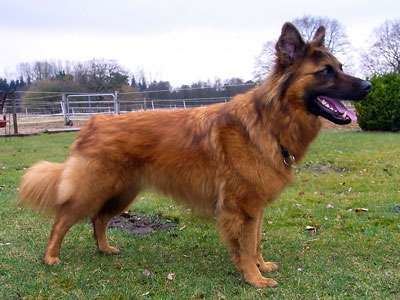
Under the Society for the German Shepherd Dog, the long-haired variant of the German Shepherd for a long time was not accepted. This changed in 2009. Since 2010 the long-haired type has been accepted. Previously, breeders of the long-haired variant of the German Shepherd had founded their own kennel clubs, and had called the long-haired variant the "Old German Shepherd Dog", too. So shepherds, farmers, and other owners of the threatened landraces had to find another name. They renamed the Altdeutschen Schäferhunde (Old German Shepherd Dogs) Altdeutsche Hütehunde (Old German Herding Dogs). Other old landraces of cattle dogs, which are not ancestors of the modern German Shepherd ( "zott"-coated dogs, cow dogs), were also given the generic name, Altdeutsche Hütehunde.
Appearance
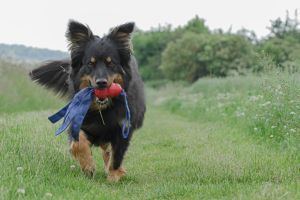
It can be assumed that the today's Old German Herding Dogs differ scarcely from the landraces of the 19th and the early 20th century. Their breed standards require that the animal has to be capable of herding sheep and cattle but predescribes seldom the physical appearances. Though it's forbidden to cross-breed them with dogs of other breeds. In 2008, the German Society for the Conservation of Old and Endangered Livestock Breeds (GEH) listed the breed as "extremely vulnerable" to extinction.
The landraces are divided, first after the cattle in cow dogs and sheep dogs, second in south German, east (middle) German and "zott"-hair-coated types and last in color types:
In the 19th century existed more of these landraces. Some of them became part of the breed of the German Shepherd and others became extinct by the course of time. The Pomeranian Sheepdog (Pommerscher Hütehund) and the Herding Spitz (Hütespitz) are to count the Old German Herding Dogs, too. They became extinct in the second half of the 20th century. The Pomeranian Sheepdog was used to strengthen the Great Pyrenee, the Polski Owczarek Podhalanski, the Kuvasz and similar breeds. It is often assumed that the last Herding Spitzes, which were mostly white and medium-sized, became part of the breed of the White Shepherd.
